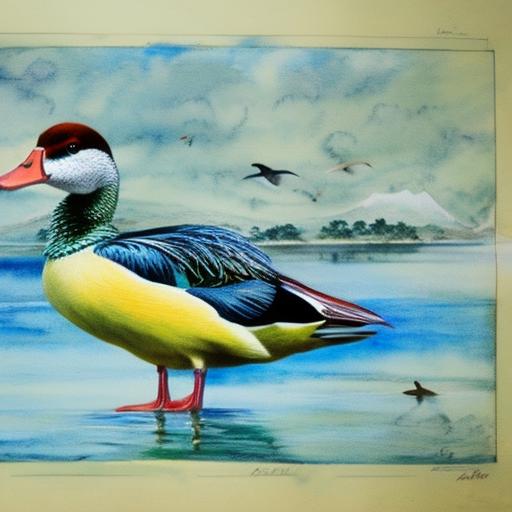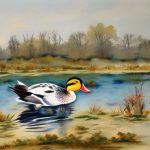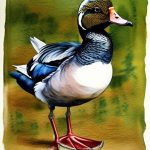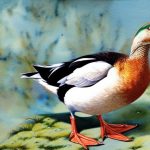Ducks have been an integral part of Philippine agriculture for centuries, providing a valuable source of meat, eggs, and feathers. The Philippines is home to a variety of duck breeds, each with its own unique characteristics and traits. These breeds have been carefully bred and selected over time to adapt to the local climate and environment, making them well-suited for the Philippine setting. From the native Itik and Pateros ducks to imported breeds like the Pekin and Khaki Campbell, ducks play a significant role in the country’s agricultural landscape. Understanding the different duck breeds in the Philippines is essential for farmers and enthusiasts alike, as it allows for better management and utilization of these valuable avian resources.
Key Takeaways
- There are several duck breeds in the Philippines, each with unique characteristics and traits.
- Some popular duck breeds in the Philippines include the Pateros duck, the Itik Pinas, and the Peking duck.
- Different duck breeds have varying traits such as egg production, meat quality, and adaptability to local conditions.
- Duck breeds in the Philippines are used for egg and meat production, as well as for pest control in rice fields.
- Conservation efforts for native duck breeds in the Philippines are important to preserve genetic diversity and cultural heritage.
- Duck breeds in the Philippines face challenges such as habitat loss, disease, and competition from commercial breeds.
- The future of duck breeds in the Philippines depends on conservation efforts and sustainable management practices.
Popular Duck Breeds in the Philippines
The Philippines is home to several popular duck breeds, each with its own distinct qualities and uses. The native Itik and Pateros ducks are among the most well-known breeds in the country. The Itik, also known as the Philippine Mallard, is a small, hardy duck known for its excellent egg-laying abilities and adaptability to local conditions. The Pateros duck, on the other hand, is famous for its balut, a popular Filipino delicacy made from fertilized duck eggs. Imported breeds like the Pekin and Khaki Campbell have also gained popularity in the Philippines due to their superior meat and egg production. The Pekin, with its white plumage and large size, is prized for its tender meat, while the Khaki Campbell is valued for its high egg-laying capacity. These popular duck breeds have become essential components of Philippine agriculture, providing a sustainable source of food and income for many farmers.
Characteristics and Traits of Different Duck Breeds
Each duck breed in the Philippines possesses unique characteristics and traits that make them suitable for specific purposes. The native Itik and Pateros ducks are well-adapted to the local climate and environment, making them resilient and low-maintenance. They are also known for their excellent reproductive capabilities, making them ideal for small-scale farming. The Pekin duck, with its large size and rapid growth rate, is favored for meat production, while the Khaki Campbell excels in egg-laying, making it a valuable asset for commercial egg production. Understanding the specific traits of each duck breed is crucial for farmers and breeders to maximize their potential and productivity. Whether it’s for meat, eggs, or even ornamental purposes, each duck breed offers something unique to the Philippine agricultural landscape.
Uses and Purposes of Duck Breeds in the Philippines
Duck breeds in the Philippines serve a variety of purposes, ranging from food production to conservation efforts. The native Itik and Pateros ducks are primarily used for meat and egg production, providing a sustainable source of protein for many Filipino households. The Pekin and Khaki Campbell ducks are also utilized for meat and egg production on a larger scale, contributing to the country’s agricultural economy. Additionally, ducks are also used for pest control in rice fields, as they feed on insects and weeds, helping to maintain a healthy crop yield. Furthermore, some duck breeds are kept for ornamental purposes, adding aesthetic value to farms and gardens. With their versatile uses and purposes, duck breeds play a vital role in sustaining food security and livelihoods in the Philippines.
Conservation Efforts for Native Duck Breeds
Conservation efforts for native duck breeds in the Philippines are essential to preserve their genetic diversity and cultural significance. Organizations and government agencies have been working to promote the conservation of native duck breeds through breeding programs, education, and advocacy. These efforts aim to raise awareness about the importance of preserving indigenous duck breeds and their unique genetic traits. By conserving native duck breeds, the Philippines can maintain its agricultural heritage and ensure the resilience of its duck population in the face of environmental challenges. Additionally, conservation efforts also contribute to sustainable farming practices and biodiversity conservation, benefiting both farmers and the environment.
Challenges and Threats Faced by Duck Breeds in the Philippines
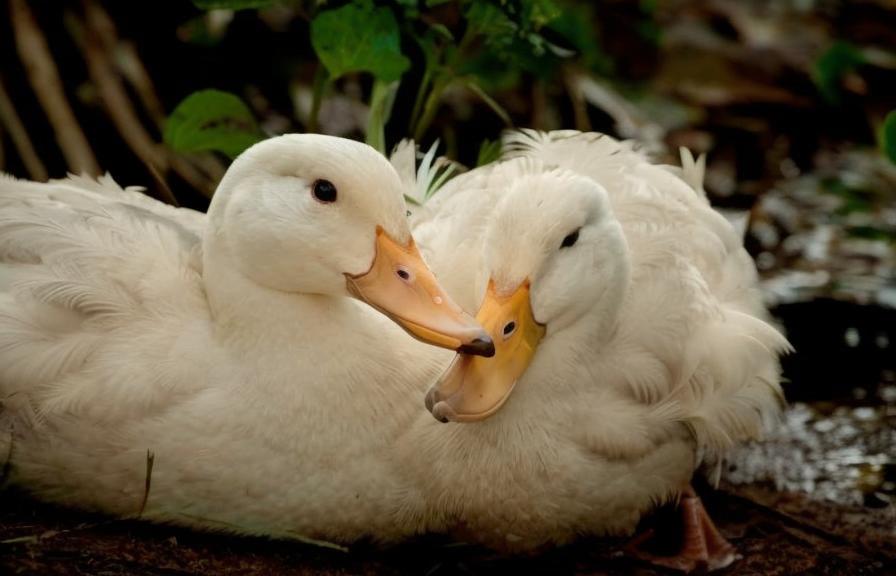
Despite their cultural and economic significance, duck breeds in the Philippines face various challenges and threats that jeopardize their sustainability. One of the primary challenges is the loss of genetic diversity due to crossbreeding with imported duck breeds, which can lead to the dilution of unique genetic traits found in native ducks. Additionally, habitat loss and environmental degradation pose threats to wild duck populations, affecting their natural habitats and breeding grounds. Disease outbreaks also pose a significant risk to duck populations, impacting their health and productivity. Furthermore, climate change and extreme weather events can disrupt breeding patterns and migration routes, further endangering duck populations. Addressing these challenges requires collaborative efforts from government agencies, conservation organizations, and local communities to implement sustainable management practices and policies that safeguard the future of duck breeds in the Philippines.
Conclusion and Future of Duck Breeds in the Philippines
In conclusion, duck breeds play a vital role in Philippine agriculture, providing valuable resources for food production, pest control, and cultural heritage. Understanding the diverse characteristics and uses of different duck breeds is crucial for sustainable farming practices and conservation efforts. As the country continues to face environmental challenges and agricultural transitions, it is essential to prioritize the conservation of native duck breeds while promoting responsible breeding practices. By preserving genetic diversity and promoting sustainable management strategies, the future of duck breeds in the Philippines can be secured for generations to come. With concerted efforts from all stakeholders, including farmers, policymakers, and conservationists, duck breeds will continue to thrive as an integral part of Philippine agriculture.
If you’re interested in learning more about breeds of ducks in the Philippines, you might also want to check out this informative article on what to feed ducks. Understanding the dietary needs of ducks is essential for their health and well-being, and this article provides valuable insights into the best feeding practices for these delightful waterfowl.
FAQs
What are the most common breeds of ducks in the Philippines?
The most common breeds of ducks in the Philippines include the Pateros duck, also known as the itik, and the Peking duck. These breeds are popular for their meat and egg production.
What are the characteristics of Pateros ducks?
Pateros ducks, or itik, are known for their ability to thrive in the Philippine climate. They have a distinctive black or dark brown plumage and are valued for their flavorful meat and eggs.
What are the characteristics of Peking ducks?
Peking ducks are known for their white plumage and orange bills and feet. They are larger in size compared to Pateros ducks and are also valued for their meat and egg production.
Are there other breeds of ducks raised in the Philippines?
In addition to Pateros and Peking ducks, other breeds raised in the Philippines include the Khaki Campbell, Muscovy, and Mallard ducks. These breeds are also valued for their meat and egg production.
What are the uses of ducks in the Philippines?
Ducks in the Philippines are primarily raised for their meat and eggs. They are also used for pest control in rice fields, as their foraging habits help control pests and weeds. Additionally, duck feathers are used in various crafts and products.
Meet Walter, the feathered-friend fanatic of Florida! Nestled in the sunshine state, Walter struts through life with his feathered companions, clucking his way to happiness. With a coop that’s fancier than a five-star hotel, he’s the Don Juan of the chicken world. When he’s not teaching his hens to do the cha-cha, you’ll find him in a heated debate with his prized rooster, Sir Clucks-a-Lot. Walter’s poultry passion is no yolk; he’s the sunny-side-up guy you never knew you needed in your flock of friends!

